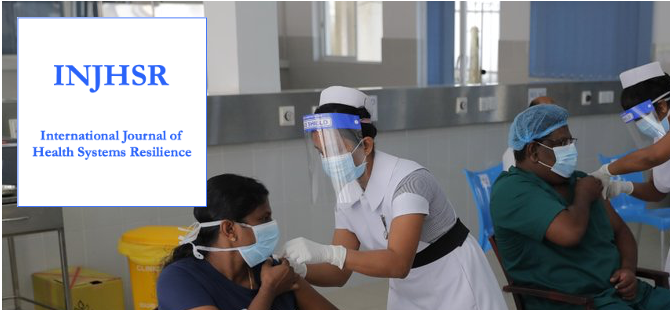
Jagath Amarasekera1, Lahiru Kodituwakku 1*, Anoja Dheerasinghe1,
Indika Weerasinghe1, Nagoor Ariff1, Mizaya Cader2, Sudath Samaraweera1
https://orcid.org/0000-0002-9243-2067
Abstract
Dengue remains a significant public health challenge in Sri Lanka, with over 50,000 cases reported annually. This study was conducted in the Western Province to evaluate the treatment-seeking behaviour of suspected dengue patients and the timeliness, coverage, and public health response to their notifications.
A cross-sectional descriptive study was conducted using a checklist and an interviewer-administered questionnaire through telephone interviews. All eligible patients recorded in the NaDSys web-based system for one month from 15th February were the sampling frame. A total of 361 patients participated in the study. Data was analyzed using the Statistical Package for the Social Sciences, and continuous variables were presented as means with their standard deviations. Categorical variables were presented as proportions and percentages. The ethical clearance was obtained from the Ethics Review Committee of the National Hospital of Sri Lanka.
The mean age of the study population was 28.7 ± 19.1 years, with the majority (61.8%) in the 18-64 age category. Most patients sought their first medical advice from government hospitals (47.4%), followed by general practitioners (31.0%) and private sector hospitals (19.0%). In contrast, 74.5% sought medical attention within 48 hours of symptom onset, and a concerning 6.0% delayed treatment for more than 72 hours. Most (79.2%) were admitted within three days of fever onset. Around 40% had done a Full Blood Count before admission, mainly on the advice of a clinician.
Notifications were done on average, 1.5 days after admission, with 68% of notifications on the next day of admission. The range Public Health Inspector (PHI) did not conduct field visits for 17.5% of cases. However, during all field visits, PHI provided guidance and advice with information, education, and communication (IEC) materials, which were used in most instances (60.4%). Fogging was conducted following the field visit in 63.8% of cases.
The study highlights delays in treatment-seeking behaviour among a subset of dengue patients, with 6% delaying medical attention for more than 72 hours, potentially increasing the risk of complications. While notification timeliness was relatively efficient, gaps in field visits by PHIs were noted, impacting vector control efforts. Strengthening early dengue awareness, ensuring timely responses, and reinforcing vector control measures by the PHI are essential to improving prevention and management in Western Province.
Keywords: Dengue, treatment-seeking behavior, notification timeliness, vector control
Page views:
54
Leave a Reply